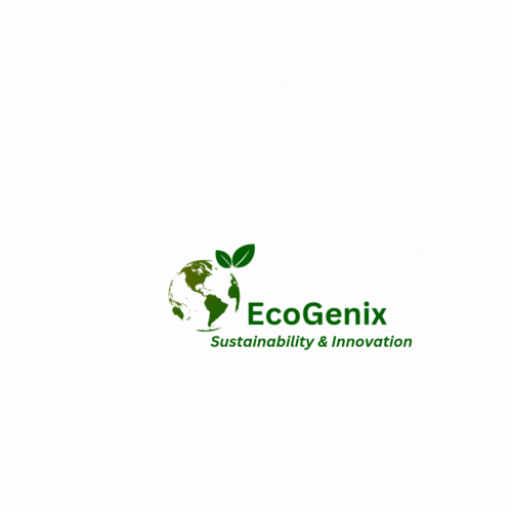Introduction
Sustainable Development Goal 9 (SDG 9) is part of the United Nations’ 2030 Agenda for Sustainable Development, aiming to build resilient infrastructure, promote inclusive and sustainable industrialization, and foster innovation. This goal recognizes the critical role of industry and infrastructure in advancing economic growth, technological progress, and social development. By achieving SDG 9, we can address several global challenges, create more opportunities for economic growth, and promote sustainable practices that benefit both people and the planet.
Importance of SDG 9
Infrastructure Development: Robust infrastructure is the backbone of any thriving economy. Access to reliable transportation, energy, and communication networks is crucial for inclusive economic growth, reducing inequalities, and promoting sustainable urbanization.
Industrialization and Job Creation: Sustainable industrialization can foster job creation and skills development, enhancing livelihoods and contributing to poverty reduction.
Innovation and Technological Advancement: Encouraging innovation and technological advancement drives productivity gains and facilitates more efficient use of resources, leading to sustainable economic growth.
Sustainable Cities and Communities: SDG 9’s objectives directly impact Goal 11 (Sustainable Cities and Communities), creating environments that are inclusive, safe, resilient, and sustainable.
Integration with Other SDGs
SDG 9 is interconnected with various other Sustainable Development Goals. By promoting sustainable industry and innovation, we contribute to:
SDG 7 (Affordable and Clean Energy): Developing sustainable infrastructure can lead to enhanced access to clean and affordable energy sources.
SDG 8 (Decent Work and Economic Growth): Inclusive industrialization generates employment opportunities, fostering economic growth and reducing poverty.
SDG 11 (Sustainable Cities and Communities): Developing resilient infrastructure supports the creation of sustainable and inclusive cities.
SDG 12 (Responsible Consumption and Production): Innovation can lead to sustainable practices, minimizing waste and resource consumption.
Achieving SDG 9: Target Areas and Strategies
Investment in Infrastructure: Governments and private sector stakeholders must invest in modernizing and expanding infrastructure networks, including transportation, energy, and communication systems.
Promoting Industrialization: Encourage responsible and sustainable industrialization practices, particularly in developing countries, while ensuring compliance with environmental and social standards.
Fostering Innovation: Support research and development initiatives that focus on sustainable technologies and solutions to address global challenges, such as climate change and resource scarcity.
Capacity Building: Strengthen technical and vocational education to enhance skills and expertise required for innovation and infrastructure development.
Public-Private Partnerships: Foster collaborations between governments, businesses, and civil society to leverage expertise, resources, and knowledge.
Technology Transfer: Facilitate the transfer of clean and sustainable technologies to developing nations, promoting their sustainable development.
Progress and Measures Implemented Worldwide
Several countries have made notable progress in achieving SDG 9:
China: China’s “Belt and Road Initiative” is a massive infrastructure development project aiming to connect Asia, Europe, and Africa through improved transportation and trade links.
Germany: Germany’s focus on research and innovation has led to significant advancements in sustainable technologies, particularly in the renewable energy sector.
India: India’s “Smart Cities Mission” aims to develop 100 smart cities across the country, promoting sustainable urbanization and infrastructure development.
Environmental Concerns and Mitigation
While achieving SDG 9 is essential for economic and social progress, it must be done sustainably to address environmental concerns. Some key considerations include:
Climate Change Impact: Infrastructure development should consider climate resilience and low-carbon solutions to mitigate the impact of climate change.
Biodiversity Conservation: Avoiding the destruction of critical habitats and adopting eco-friendly construction methods are essential to preserve biodiversity.
Resource Efficiency: Industrial practices must prioritize resource efficiency, minimizing waste generation and promoting circular economy principles.
Pollution Control: Stringent pollution control measures are necessary to prevent environmental degradation from industrial activities.
Conclusion
SDG 9, focusing on industry, innovation, and infrastructure, plays a vital role in achieving sustainable development worldwide. By investing in resilient infrastructure, promoting responsible industrialization, fostering innovation, and integrating efforts with other SDGs, we can build a more inclusive, equitable, and sustainable future. However, it is crucial to address environmental concerns and adopt measures that prioritize the well-being of both people and the planet. By working together at the global, national, and local levels, we can successfully achieve SDG 9 and pave the way for a more prosperous and sustainable world.
ARTICLE BY: WAYNE TOTA
Food Security and Climate Change
waynetota9@gmail.com
0601133196239
Visit for more articles:
https://sites.google.com/view/foodsecure-sustain-agriclimate/home.

Leave a Reply